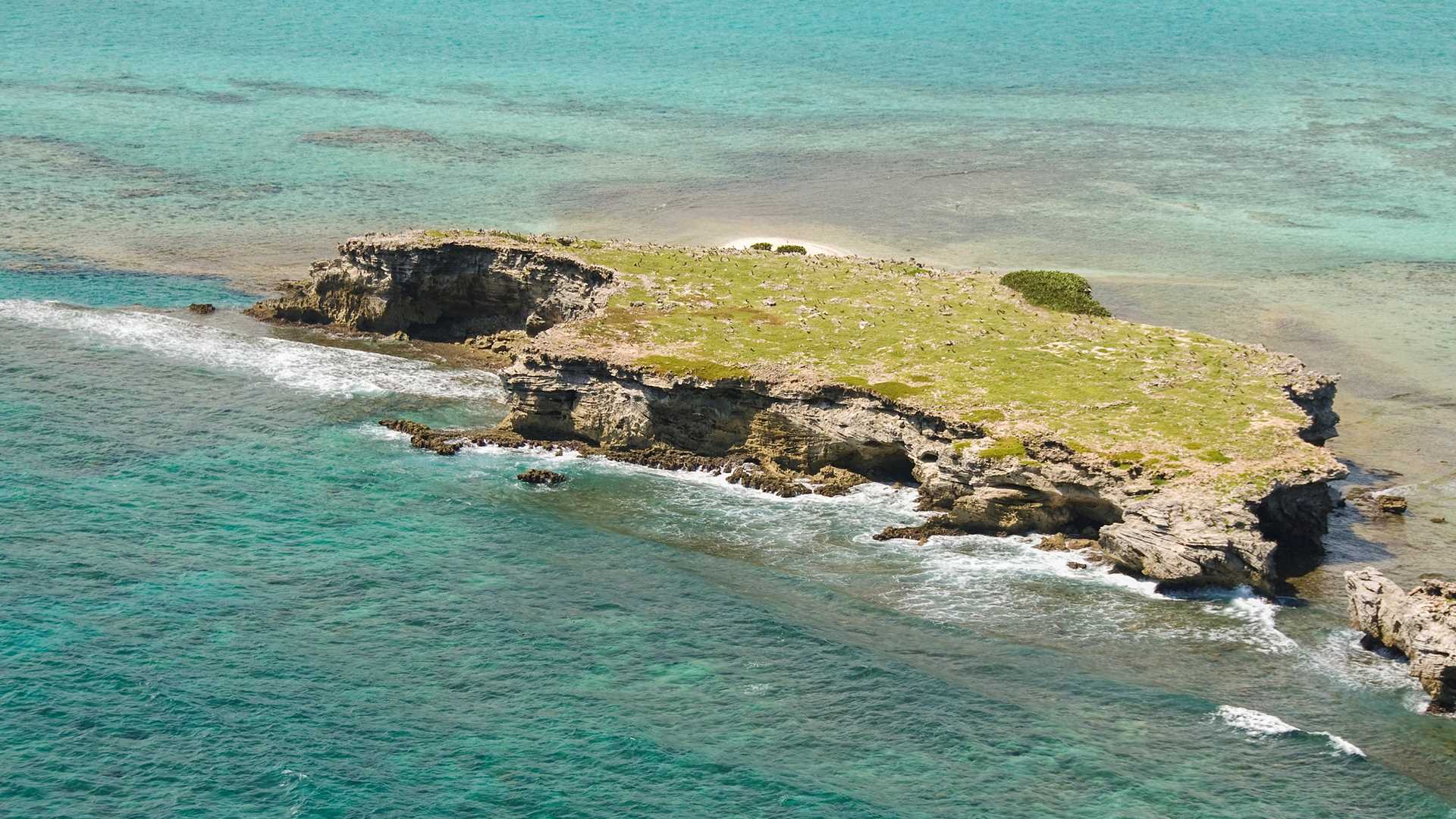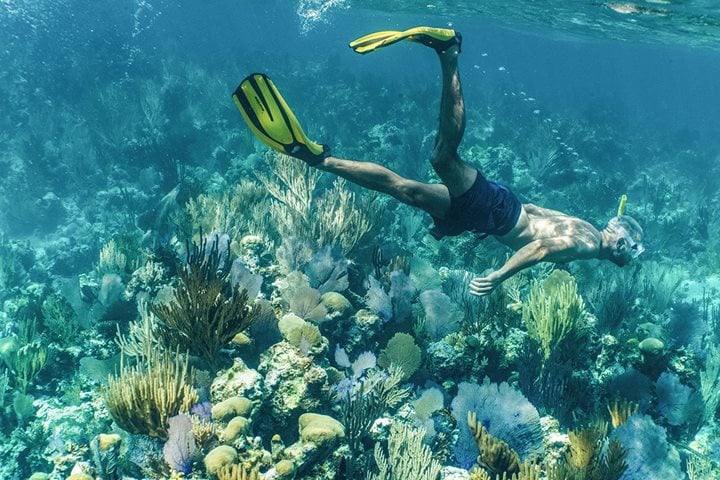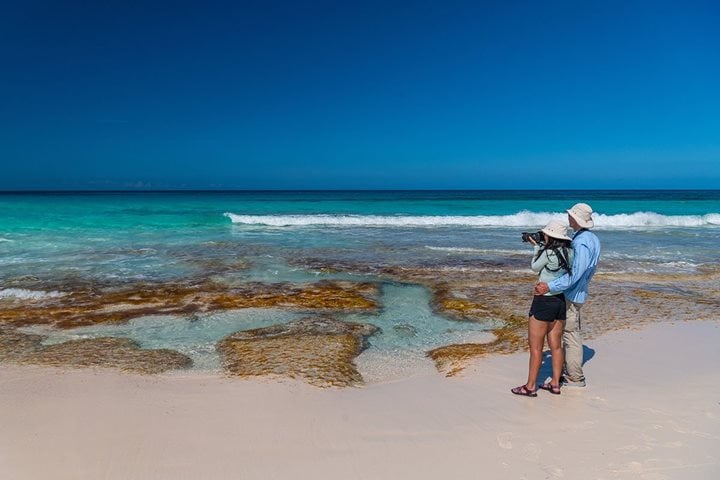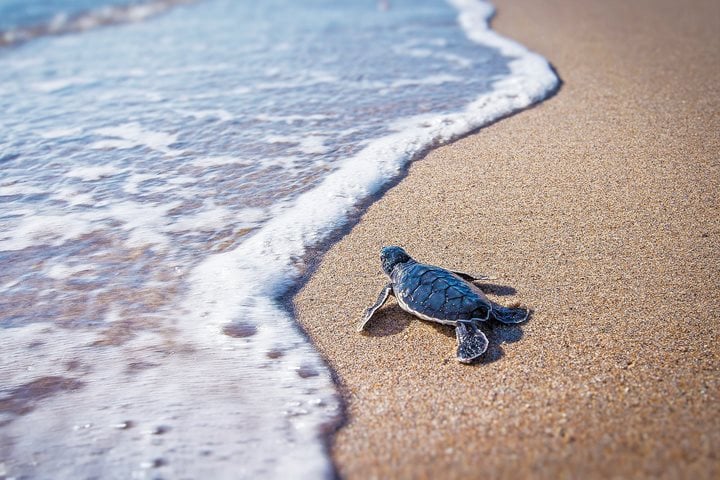The Bahamas, known for an underwater kaleidoscope of marine life as well as endemic birds and reptiles, were also originally home to the Lucayans (pronounced lu-KIE-ans). The first people of the islands are a vanished civilization, an indigenous people about which precious little is known.
The Lucayans were close relatives of the Taino, the native people of the Caribbean. Unlike some ancient civilizations that are remembered through their extensive archaeological ruins or well-preserved temples, the Lucayan people left very few physical clues about their lives on the islands.
To appreciate their significance, delve into educational experiences with historical experts on board who provide insights into these first settlers, describing their contributions to the islands and their culture and customs. Their sad demise, and the prevalence of the slave trade, are also part of their narrative.
When you come ashore on Crooked, Acklins, and Long islands, you’ll be walking in their footsteps. And, Mayaguana, where few have ventured, is the only island in the entire chain that still bears its original Lucayan name. Here, where the Lucayans lived and flourished for a time, now only coastal lagoons of turquoise waters bordered by scrub and dunes remain, stabilized by sea grape where curly-tailed lizards scamper over the white sand.
What we know about the Lucayans
Who were the Lucayans and what happened to them?
The Lucayans were a branch of the Taino community that once inhabited most of the Caribbean. Historians believe they lived in the Bahamas for about eight centuries, from 700 AD through roughly 1500, and that at one point the community had a population of around 40,000.
The first indigenous people who Americans Christopher Columbus encountered in 1492 were the Lucayans in the Bahamas. However, only 25 years after his original landing, the Lucayan population had been completely decimated by disease and the harsh and extensive repercussions of slavery.
Lucayan customs
The Lucayans are thought to have lived in multifamily groups, in thatched circular huts called caney. They practiced body painting, nose piercing, and, more unusually, head flattening, a practice of lengthening an infant's skull by binding and shaping it during the early months of life.
Early traders
Like many other Caribbean inhabitants, the Lucayan people fished for sustenance and grew crops both to use and to trade. Among the staples grown for personal consumption were cassava and agave while cotton and tobacco were among the crops for export.
The Lucayans were skilled at making dugout canoes that they used to travel to, and trade with, other islands. Their trading routes within the Bahamas included Long Island, Great and Little Exuma Islands, and Great and Little Inagua Islands. Columbus also noted in his diary an extensive Caribbean trading network, remarking that he saw goods being carried from Long Island to Cuba by dugout canoe.
Archaeological finds
Archaeological evidence shows the Lucayans were also proficient at creating stone ceremonial stools, called duho, usually reserved for chiefs, as well as stone and bone tools. And they adeptly crafted Palmetto Ware, pottery made from local red clay and burned conch shells. Many shards of this pottery have been discovered on the Out Islands of the Bahamas, a reminder of when the Lucayans called this beautiful, wild area home.




